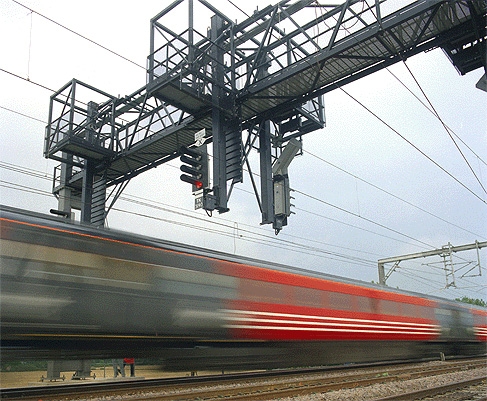The project, funded by Innovate UK, will develop high performance metal composite hybrid anti-roll bars for trucks and trains.

The research team consists of Sheffield-based anti-roll bar specialist Tinsley Bridge, engineering company Performance Engineered Solutions, and Sheffield University’s Advanced Manufacturing Research Centre (AMRC).
By producing the bars from composite with metal end pieces, the project team hopes to reduce their weight by over 60 per cent, according to Matt Smith of the AMRC Composite Centre. “We've shown in a previous project that we can achieve weight savings of over 60 per cent,” he said. “We now hope to improve on that while also improving [the material’s] performance.”
As well as reducing a vehicle’s fuel consumption and emissions, the development could also cut maintenance costs as the composite metal hybrid bar should never need replacing, unlike its metal counterparts, he said.
The composite component should also be able to withstand larger dynamic loads than metal bars.
Composite anti-roll bars are already starting to be used in luxury cars, such as the Audi R8 e-tron electric vehicle, said Smith. “However, it’s a lot more challenging to manufacture a composite anti-roll bar for heavy commercial vehicles as the loads and forces involved are considerably higher,” he said.
One of the biggest challenges in the project will be finding the best way to bond the composite bar to the metal end pieces, and the team is planning to investigate a number of possible solutions to this.
Performance Engineered Solutions will lead the design and engineering of the bars. AMRC’s Composite Centre will then use Finite Element Analysis to ensure the bars are capable of resisting the type of loads anti-roll bars undergo.
Researchers at the AMRC will then produce the bar automatically, using a filament winding system. This is a technique in which filaments of glass or carbon are wound onto a rotating mandrel to form a desired shape, before being impregnated with resin.
Finally, the AMRC researchers will use a CT scanner to study the structural integrity of the bar, and verify the build quality.
If the project is successful, the technology could also have applications in the aerospace industry, according to the project team.





Red Bull makes hydrogen fuel cell play with AVL
Formula 1 is an anachronistic anomaly where its only cutting edge is in engine development. The rules prohibit any real innovation and there would be...